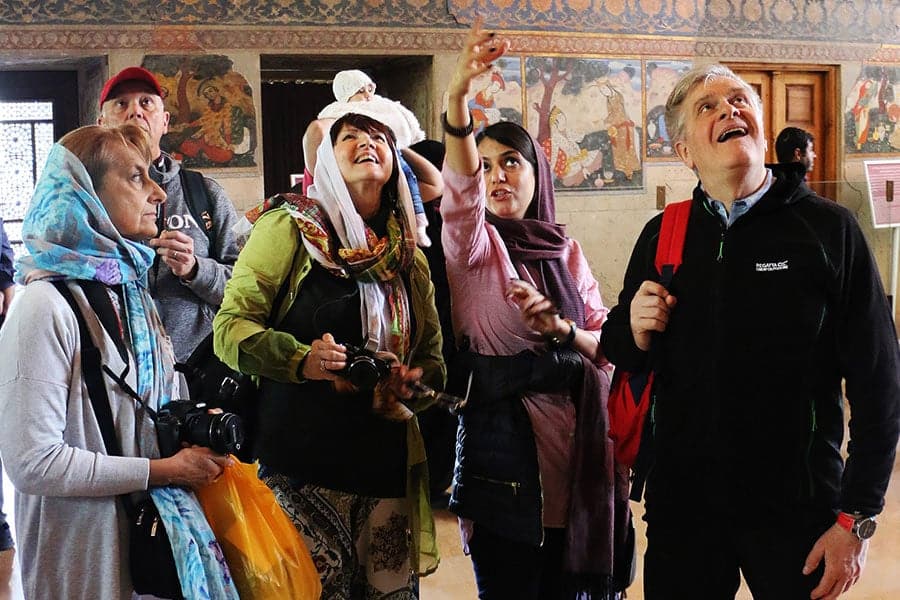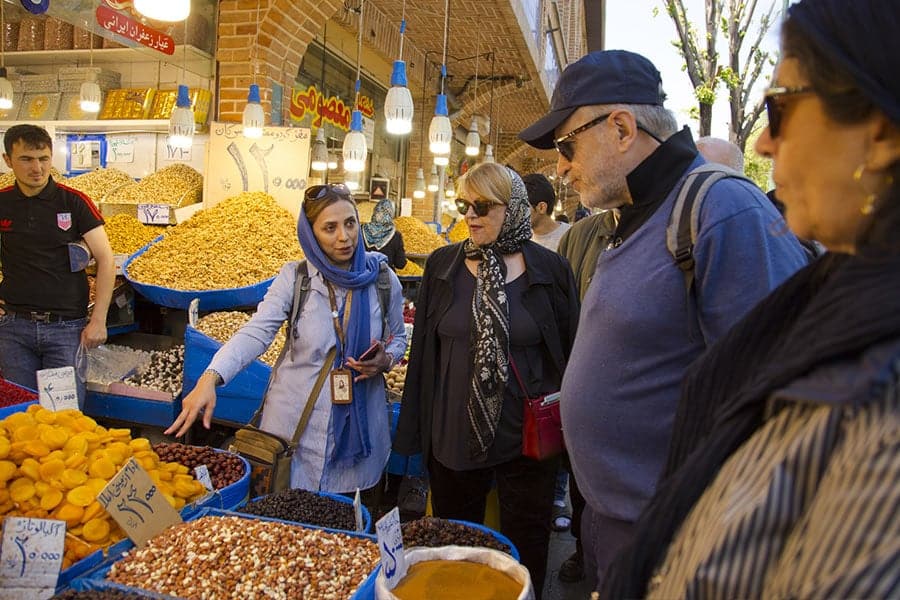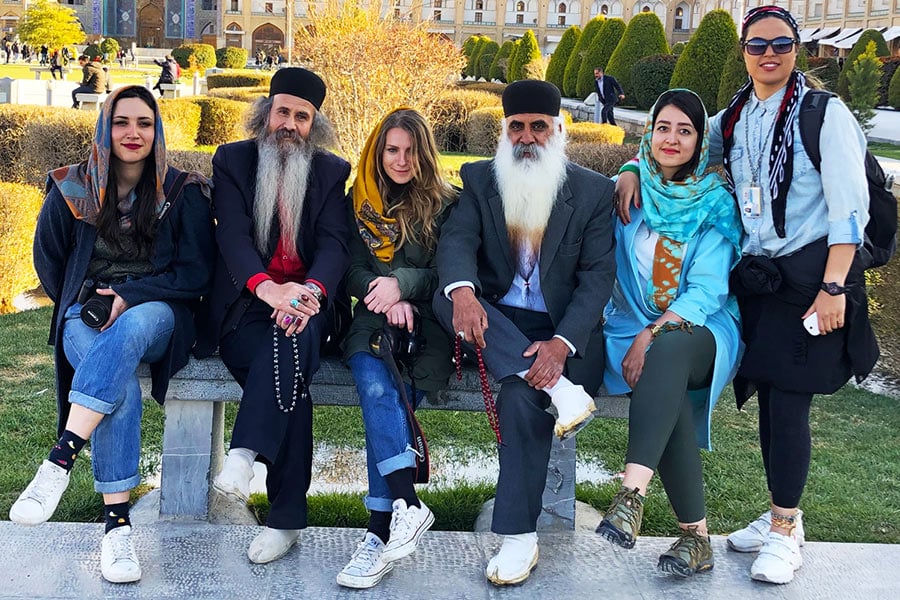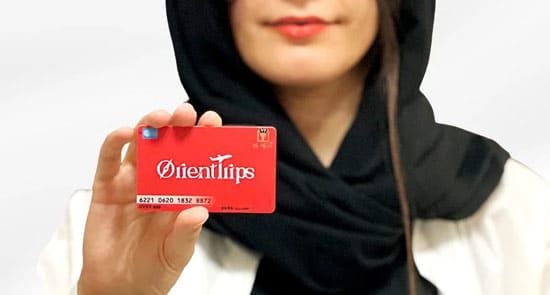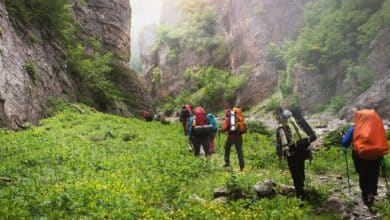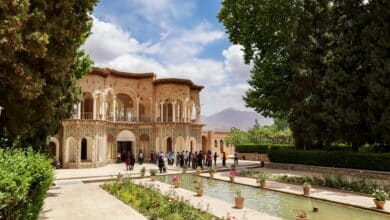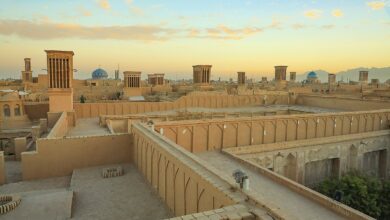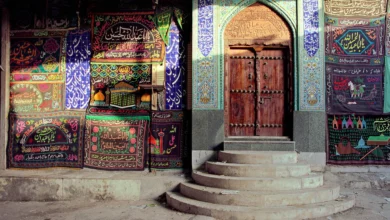Bisotun Inscription: Decoding Ancient Persia
A Testament to Ancient Civilizations Etched in Stone
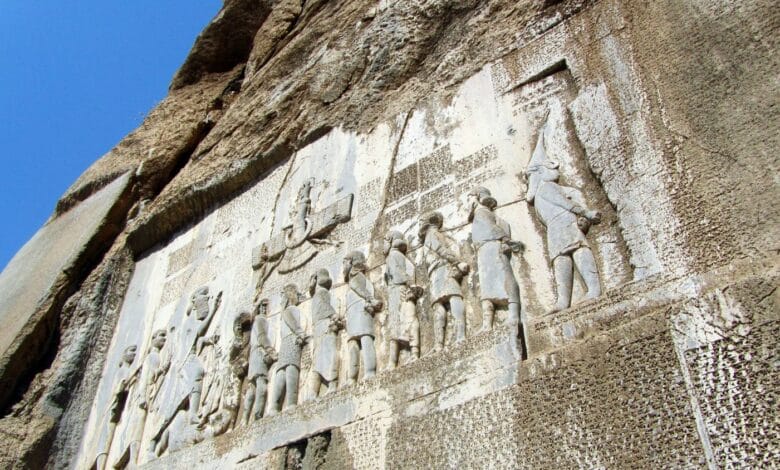
The Bisotun Inscription, also known as the Behistun Rock, is recognized as the largest rock inscription in the world and one of the most important historical documents. It is a monumental inscription that dates back to the era of the Achaemenid Empire, specifically to the reign of King Darius I. The inscription is located in the city of Bisotun in Kermanshah, Iran, and was registered in the UNESCO World Heritage List in 2006. It is interesting to note that the inscription is carved on a high cliff, symbolizing the greatness of the Achaemenid kingship, and has been preserved over the centuries.
Contents
The Text on the Bisotun Inscription
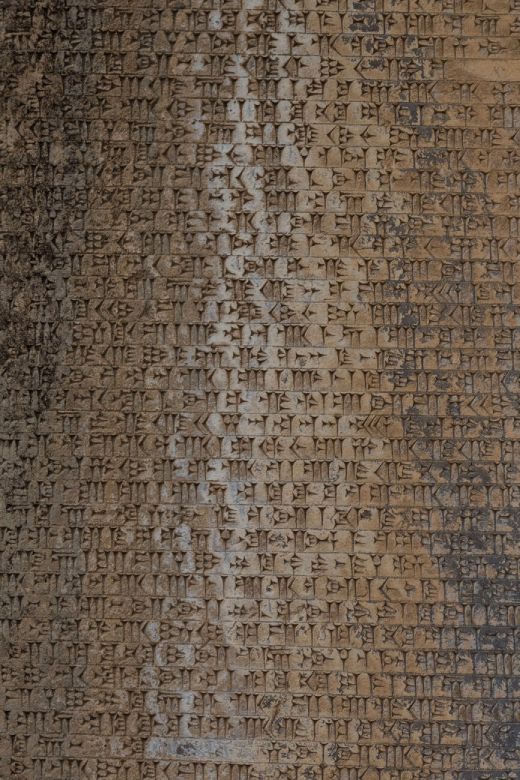
Bisotun inscription was written using three languages, Akkadian, Elam and ancient Persian, and cuneiform was used in its writing. This inscription has had a significant impact on deciphering the cuneiform script and ancient Persian language. The text of the inscription, written in the first person, describes Darius’ victory over rebel forces and an individual named Gaiumata (who falsely claimed to be the son of King Cyrus). After killing Gaiumata (Bardiya), Darius ascends to power, but faces subsequent rebellions aimed at deposing him.
He wins all rebellions and decides to have his triumph recorded on the rock, serving as a reminder for future generations. The inscription measures approximately 20.5 meters in length and 7.8 meters in width. In addition to the text, there are also engraved images, which I will describe below.
Relief on the Bisotun inscription
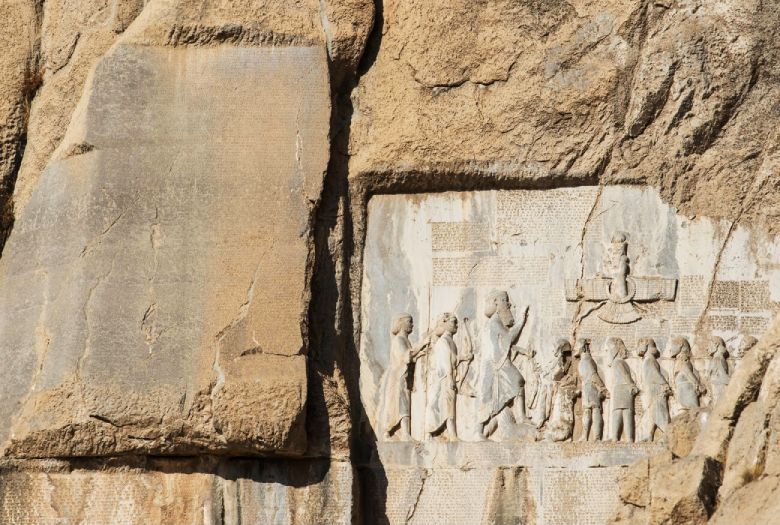
On the left side of prominent relief, Darius is depicted, and behind him, Two courtiers with spears and bows. On the right side of the image, we see ten rebels, with nine of them standing with bound hands and chained heads, facing Darius. One of them, who is the false Bardiya (Gaiumata), is positioned beneath Darius’ foot, with Darius pressing his foot on his chest and abdomen. The height of these rebels is depicted as 126 centimeters, and above the head of each rebel, their name and the location of their rebellion are written. The height of the king, depicted according to his actual height, is 181 centimeters.
IRAN GROUP TOURS
Join our Iran tours, connecting you with like-minded travelers and streamlining the organization process.
Symbol of Farvahar on the reliefs of Behistun
In this relief, the image of Ahura Mazda (known as Farvahar) is facing the king, with his right hand raised in the same way as the king’s raised right hand.
The movement of Ahura Mazda’s hand is recognized a sign of benevolent prayer, while the king’s raised right hand is a gesture of high respect. Another thing is that the relief measures 6 meters in length and 3 meters and 20 centimeters in width or height.
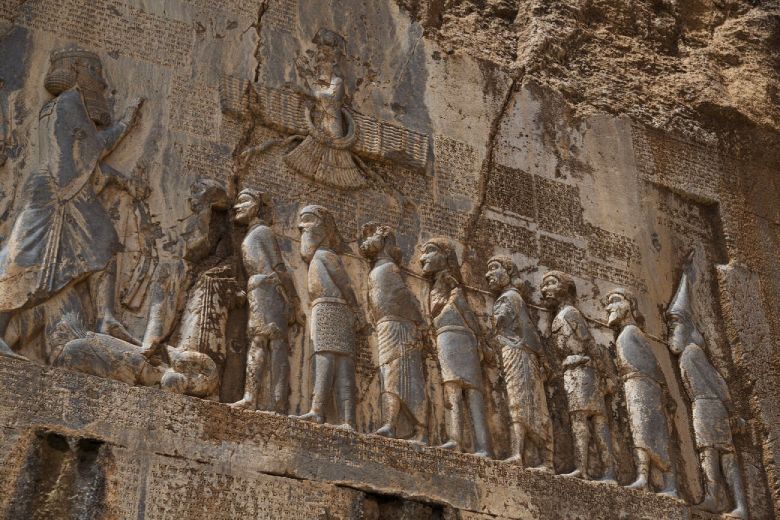
Description of Attire on the reliefs of Behistun
The king and his courtiers behind him wear long Persian robes, and their footwear is of the strap type. The headbands worn by officials differ from the king’s headbands in decoration.
The style of the king’s beard is also different from other warlords, as it is rectangular. This rectangular beard piece was made from a piece of stone and cleverly connected to Darius’ face. An eight-pointed star can be seen on Farvahar’s hat, as well as on the king’s headband.
Bracelets are also seen worn on the wrists of Farvahar, the king, and his followers. Regarding the attire of the rebels, each of the nine rebels wears different clothes, which can be said to show differences in ethnicity.
Text of the Inscriptions below the relief of the Bisotun
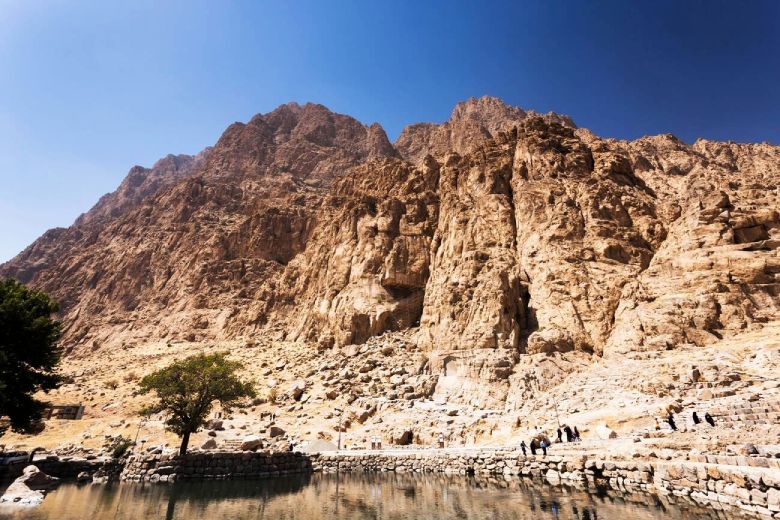
Below the relief, there is a stone inscription consisting of 5 columns containing the following writings:
Introduction of Darius in his own words
The Achaemenid dynasty
The restoration of kingship to the Achaemenids
Darius’s style of governance
The death of Cambyses
The rebellion of Gaumata and his execution
Rebellions and suppression in many lands by Darius
Darius’s victories in nineteen battles
Establishing peace and security in the vast empire
Defense of truth, righteousness, and benevolent prayers for the country and people
Darius’s gratitude for Ahura Mazda’s assistance in overcoming opponents and restoring peace.
How Was Bisotun Inscription Made

Due to its location on a 10-meter-high cliff surface in the mountainside, constructing the Behistun Inscription would have been a challenging task. Based on various research and theories, remnants of a staircase in the upper part of the mountain and carved stones below the inscription have been observed, suggesting the construction of a pathway from the bottom to the inscription area.
Interestingly, the reliefs are placed on limestone, and even after approximately 2000 years, they still retain their polish. The inscription has a brownish color, and traces of lead material can be seen in parts of the inscription, indicating that after the completion of the inscription text for its preservation, the surface was covered with lead. Over time, it has been observed that after the destruction of a portion of the stone, another piece has been replaced.
Wrap it up
Iran has a rich history that spans thousands of years, and as a result, it is home to numerous ancient and historical sites. When visiting Iran, alongside the Behistun Inscription, you can explore other cultural and natural attractions.
It’s worth knowing that near the Bisotun Inscription and relief, there are other historical sites and attractions such as the Statue of Hercules, Bisotun Lake, the image of the Parthian king Balash, Farhad Tarash, the Sassanian Palace, the Cave of Hunters, Tapeh Naderi, remnants of a cemetery, prominent reliefs of Gudarz and Darius, sanctuaries and worship places, remnants of a bridge, dam, and other Sassanian structures, caravanserais and Ilkhanid buildings, Sheikh Ali Khan Zanganeh’s endowment deed and several other locations that you can visit.
We look forward to seeing you in Iran.
FAQ
Where is the Bisotun Inscription located?
The Bisotun Inscription is located in the city of Bisotun, Kermanshah. Interestingly, this inscription is registered on a high elevation on the mountain, signifying the grandeur of the rule of Darius the Achaemenid, which has been preserved over the years.
What is written on the Bisotun Inscription?
The Behistun Inscription is written in three languages: Elamite, Akkadian, and Old Persian, using cuneiform script. The inscription describes Darius’s victory over rebels and a person named Gaumata, who falsely claimed to be the son of King Cyrus.
What is the prominent relief on the Bisotun Inscription?
In the left section of the image, Darius is depicted, and behind him stand two armed courtiers. On the right side of the image, we see ten rebels. One of them, the false Bardia, is located under Darius’s foot. Ahura Mazda is also depicted in the center of the image, with his right hand raised in a gesture of benevolent prayer.
